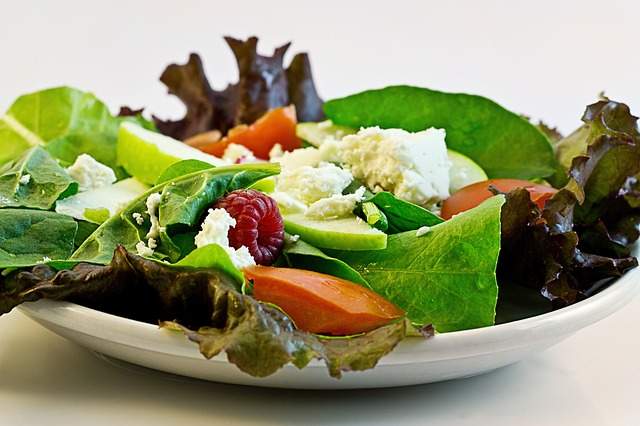
Although fat is an essential foodstuff for human beings, there are risks to take in too much. Excessive fat stored in our body can make us put on weight and can probably incur diseases. Therefore, low-fat diet plan is a strongly recommended option when it comes to what to eat to lose weight and boost health.
The benefits of low-fat diet plan
The reason why low-fat diet plans are good is quite simple — they help you eat less fat. You can lose your weight effectively by controlling how much fat you eat. In addition, eating less fat can reduce the risk of (or recover from) health problems, such as high blood pressure or cardiovascular diseases, that result from over-intake of fat.
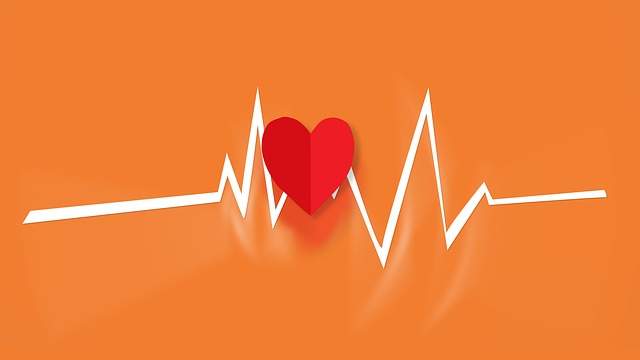
A list of low-fat foods recommended
The following are examples of healthy low-fat foods. They all contain relatively low amount of fat and can provide substances good for our body.
Low-fat milk or dairy products
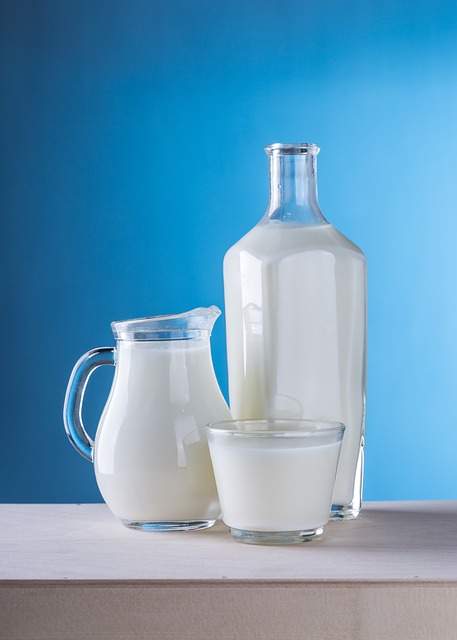
Milk or dairy products are beneficial for our body in that they are good sources of protein and calcium. To avoid fat, you can choose low- or non-fat dairy products, such as low-fat milk and yogurt, and fat-free cheese.
Egg whites
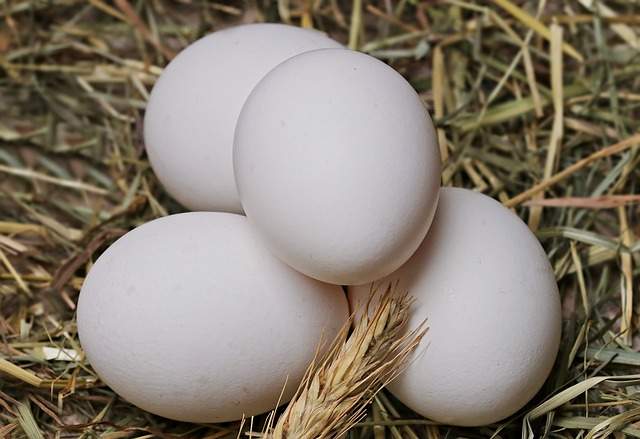
Egg whites are an ideal food for diet. They are cholesterol-free and contain low fat. Also they can supply you with adequate protein and other substances like minerals and vitamins.
Fish, shrimp and crab
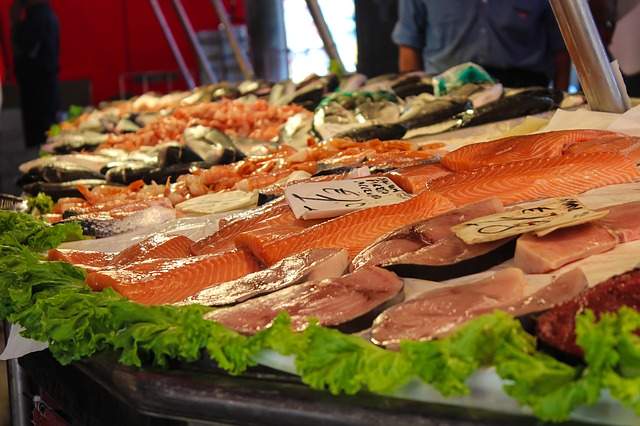
Meat that comes from fish, shrimp, crab, etc, contains high protein and low fat. Besides, some foods of this type have substances, like omega-3, which are helpful for health improvement.
Skinless chicken breast and lean red meat
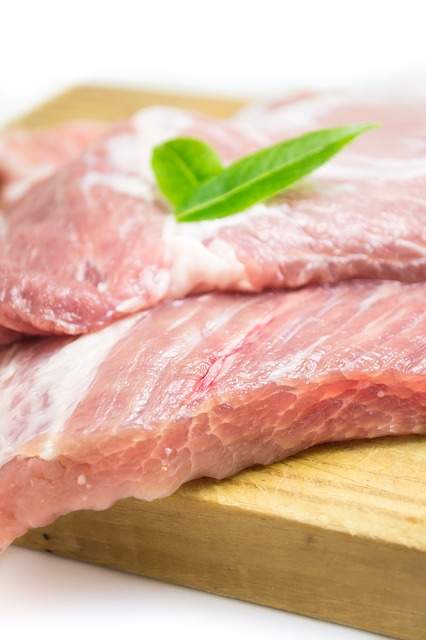
Skinless chicken breast and lean red meat do not necessarily increase your weight. In fact they are the type meat with much of its fat disposed. They can provide you with abundant protein and a feeling of fullness that can make you eat less.
Legumes
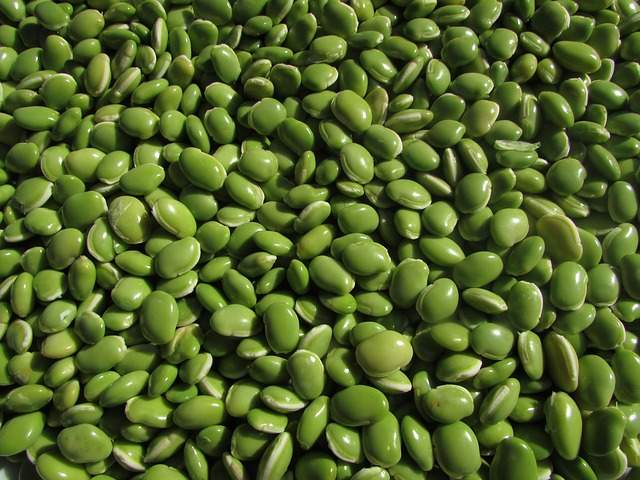
Legumes contain no cholesterol and little fat. They, including beans, peas, lentils, etc, are rich in of protein, dietary fiber and dietary minerals. Some types of legumes have been proven that they can improve metabolism, lower blood pressure and reduce cholesterol level.
Fruits and vegetables
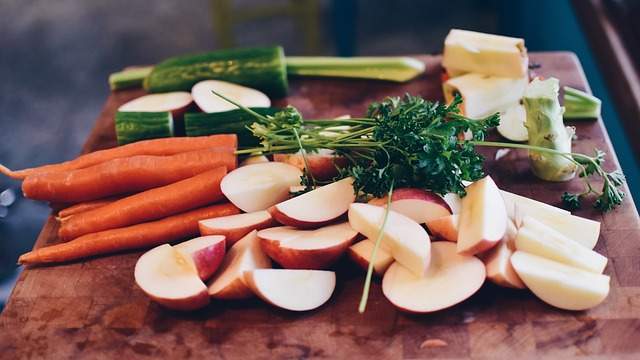
In terms of what foods can boost health, it is generally acknowledged that fruits and vegetables are among the top choices. Most of them have little fat (excluding avocados, coconuts, and olives). There is a variety of vitamins, dietary fiber, other other nutrients in fruits and vegetables that are good for our health.
Cereals
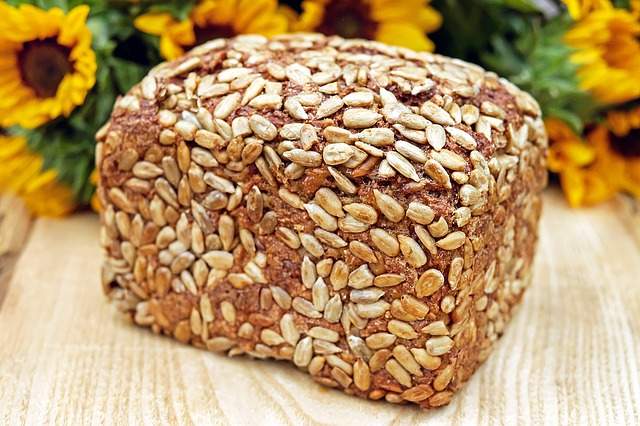
Cereals are a significant source of protein, dietary fiber, dietary minerals and vitamins. To have cereals for meal, you can eat whole grains, or eat bread and pasta, which are made out of cereals.
There are more healthy low-fat foods than the ones listed above. You can do some research about a food and find out the amount of fat it contains before you decide whether to eat it or not.
A low-fat meal plan
Here is a low-fat diet plan that can help you control the amount of fat you eat.
Breakfast
- Breakfast cereal with no high-fat or high-sugar content
- Savory dishes like baked beans or grilled tomato
- Bread or toast with jam or honey
- Skim or low-fat milk
- Water, tea, coffee or fruit or vegetable juice
Lunch
- Fish (like salmon or trout) or egg whites
- Cottage cheese
- Mixed vegetable salad with low-fat dressing
- Bread
- Low-fat yogurt
- Water, tea, coffee or fruit or vegetable juice
Dinner
- Small serve of lean meat or skinless chicken breast
- Potato or mixed vegetable salad
- Rice or pasta
- Low-fat dessert, such as Angel food cake or light cream cheese cake
To conclude
Despite the fact that fat is significant to our body, excessive intake of fat won’t do any good. We should still be careful about how much fat we eat every day. In the meantime, we can try to burn the fat stored in our body by doing some forms of exercise regularly. With those combined, we can accomplish our goals of weight loss and health improvement in the near future.





